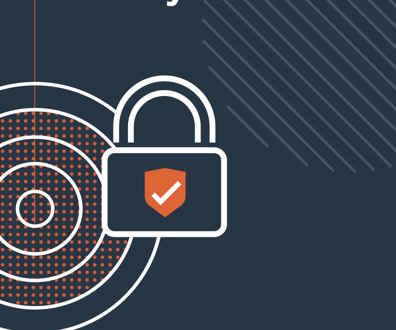Harnessing Conflict
Turn tantrums into teamwork.
Business as usual won't work anymore in government. Take the Homeland Security Department with its challenge of combining 22 federal organizations into one-a tall order, and a prescription for conflict. The inevitable result of this accelerating change and demand for creative results is higher levels of tense disagreement over schedules, priorities, strategies, resources, accountability and other issues.
Consider what typically happens in team meetings when disagreements arise. Staff members repeatedly make behavioral mistakes that hinder performance, stifle innovation, waste time and fuel inefficiency. Some ask leading questions, such as, "Wouldn't you agree?" rather than encouraging others to compare and prioritize options. Some lock in the first adequate solution rather than encouraging the team to come up with a better idea.
Government agencies are rife with the conditions that exacerbate conflict:
- Hierarchical or "command and control" structures.
- Leaders who demonstrate bad behavior when disagreements arise.
- Turf battles among interagency teams.
- A safety-first orientation that stifles out-of-the-box thinking and discourages personal accountability.
- Micromanagement from outside sources, which reduces the rewards for innovative problem-solving.
- Slow decision-making.
So, what should managers do to move toward a more effective approach to handling disagreements? Here are three ideas:
Adjust your point of view.
Disagreement is intensified not by the subject matter, but by the way the participants behave. Instead of focusing on "conflict" (a word based on the Latin conflictus, or "collision"), think of strong disagreement as "contention" (based on the Latin contendere, or "to strive or to stretch") in an effort to reach the best possible outcome.
Focus on skill development.
Evaluate the skills and attitudes of your staff, and determine the best strategies for building each individual's awareness, motivation and skills. Because of the tense, challenging and often emotional nature of decision-making, experiential training usually is needed to change behavior. Encourage your staff to take risks.
Become a role model.
Turn yourself into a "contender." Model constructive behavior. Welcome tough issues, don't avoid them. For example, when faced with strong disagreements, get team members to:
- Maintain mutual esteem. Control emotions and hear each other out.
- Maximize the flow of information. Resist the temptation to take sides and take hard stands until as much data as possible is uncovered about the problem.
- Foster creative solutions. Stay in the tension and refuse to settle for the first adequate solution that makes that tension go away.
- Focus on the shared higher purpose. Assertively reframe the discussion around desired results versus individual desires.
Differences of opinion, priorities and viewpoints will always be part of the world of government. Managers must create cultures that transform destructive conflict into constructive contention. When people harness the energy and passion from these differences, then they will be able to generate innovation, commitment and accountability.
NEXT STORY: Looking Out for Deal-Breakers






